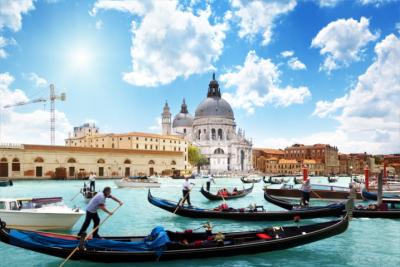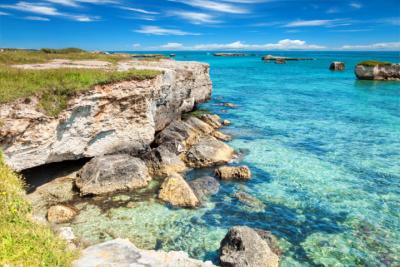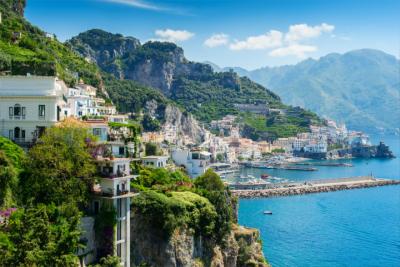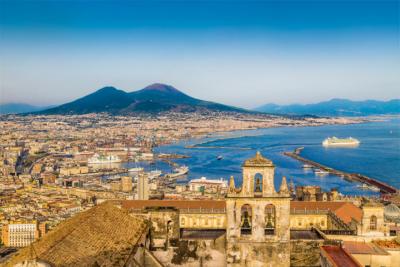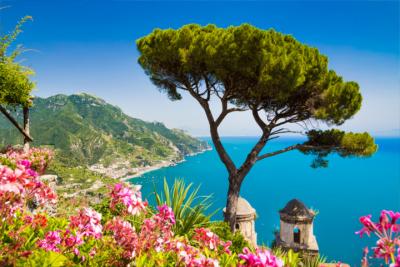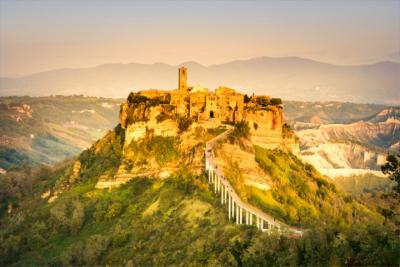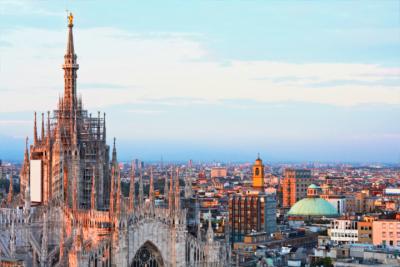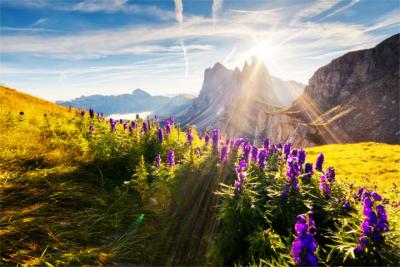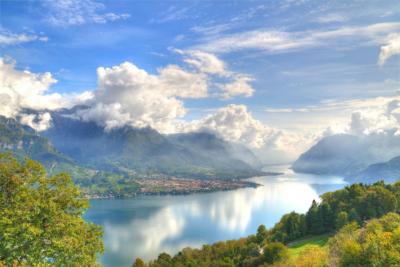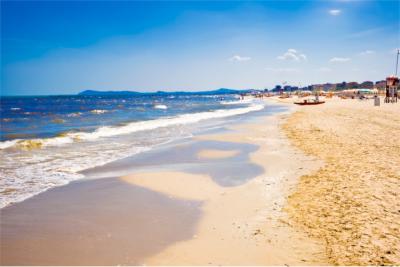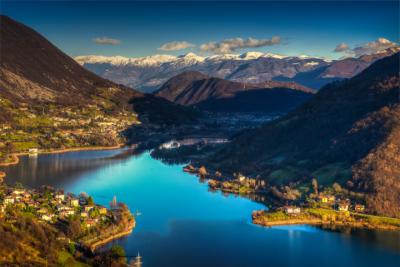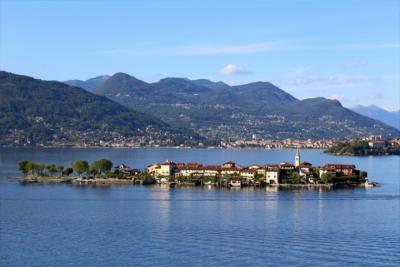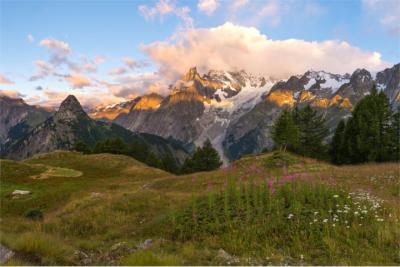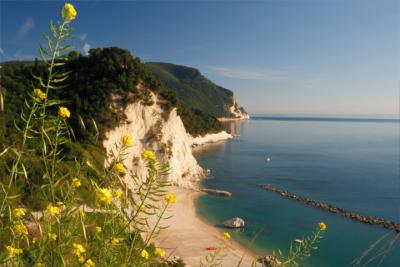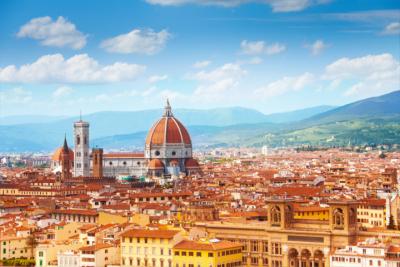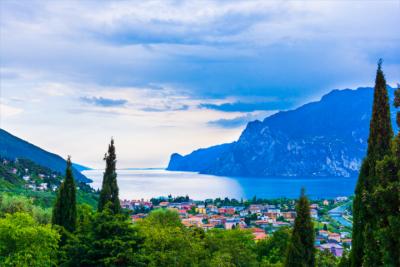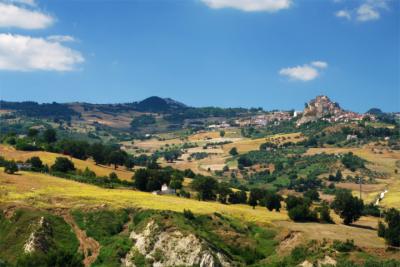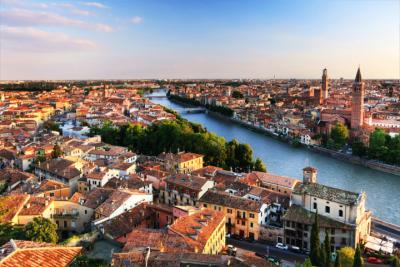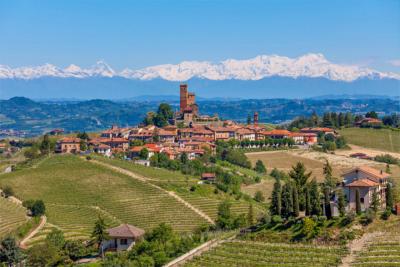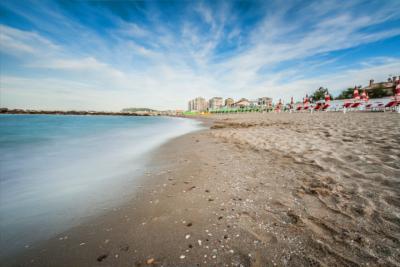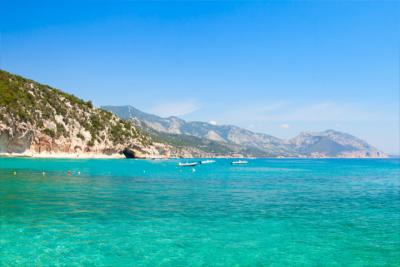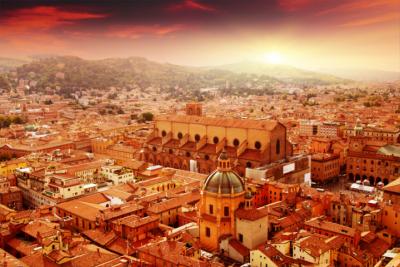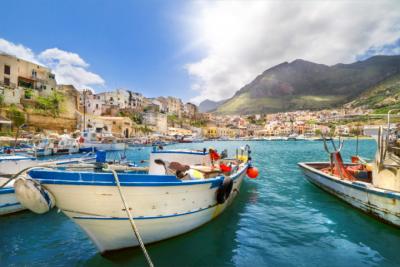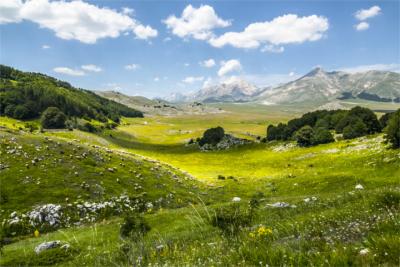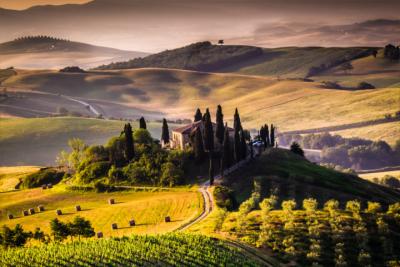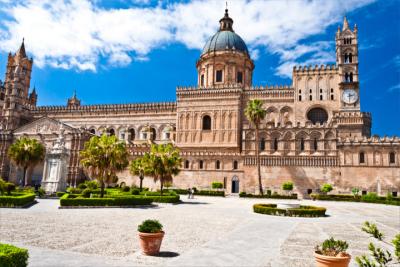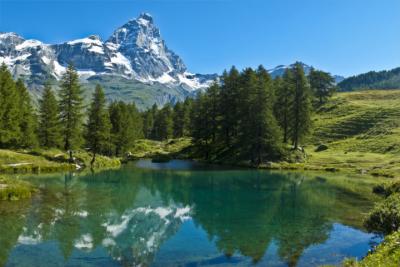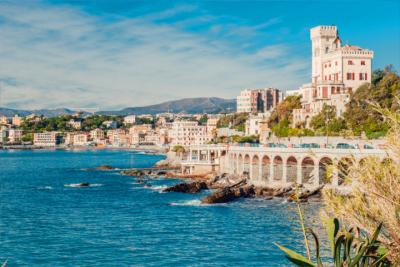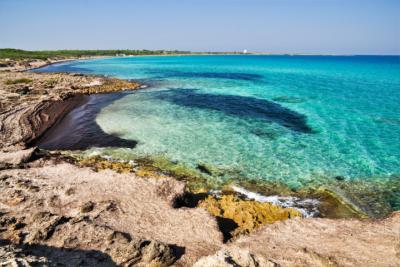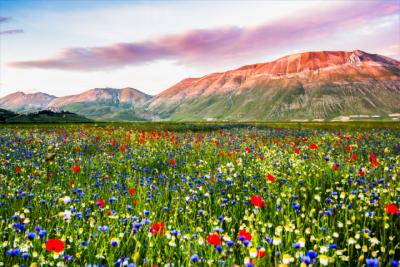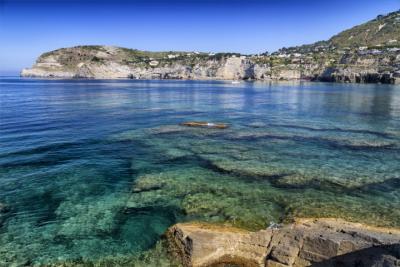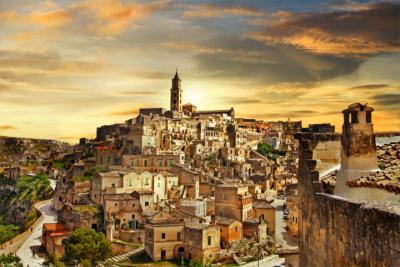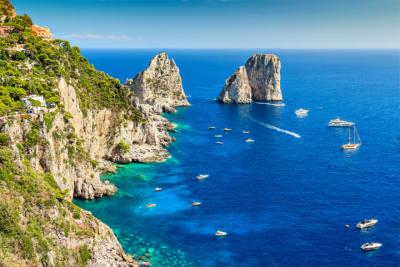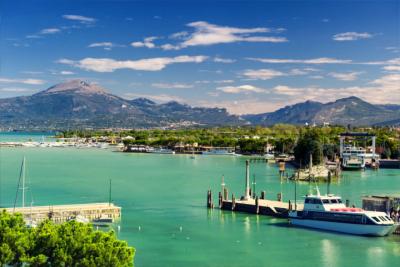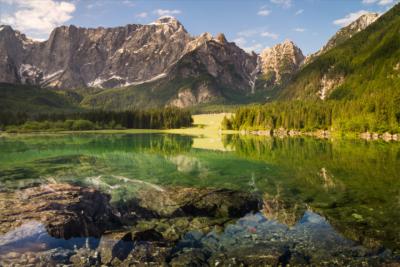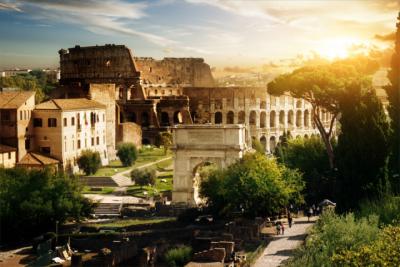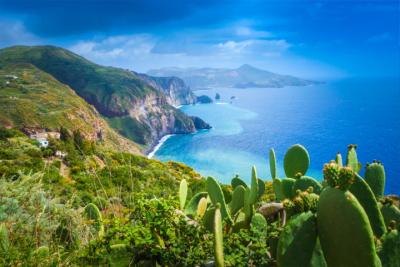Travel Offers
Travelmyne Featureprint
Distance
Lombardy – A Wealthy Lake Region
What do Lake Garda, Lake Maggiore and Lake Como have in common? They are all located in Lombardy and decorate the mountainous landscape of the Alps with their scenic shores and idyllic towns. The Po Plain, the metropolis of Milan and numerous cultural buildings make the wealthy region a true natural and cultural paradise.
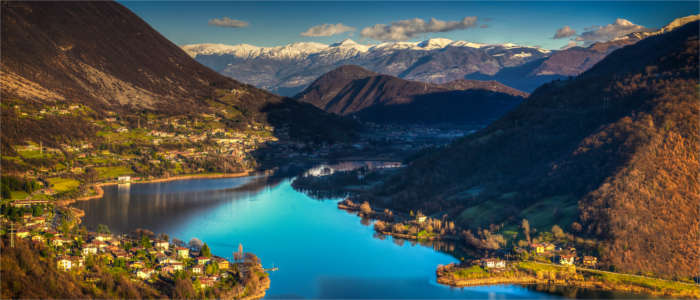
Geography - Italy's most populous region
Lombardy lies in Northern Italy at the border of Switzerland. Its 12 provinces (Bergamo, Brescia, Como, Cremona, Lecco, Lodi, Mantua, Milan, Monza and Brianza, Pavia, Sondrio, Varese) comprise an area of 23,863 km², which is populated by almost ten million people. This makes the landlocked region one of the country's largest and most populous regions. About a third of the inhabitants live in and around the capital of Milan, which is one of the Italian regions with the highest population density. Geographic features of Lombardy are the many great lakes (Lake Maggiore, Lake Lugano, Lake Como, Lake Iseo and Lake Garda) as well as the Po Plain in the south and the mountain range of the Alps in the north. The region's highest mountain is Piz Zupò with a height of 3,996 metres. The climate in Lombardy is mostly Mediterranean, apart from the Alpine area. Mild winters and warm to hot summers are the rule.
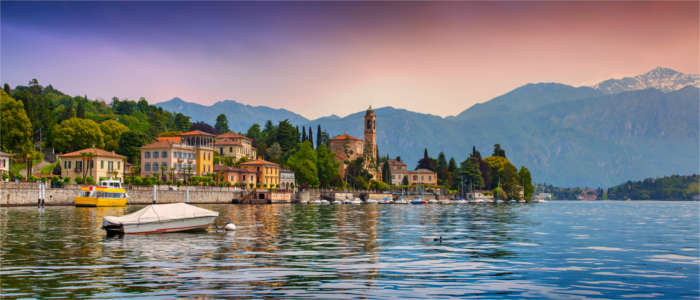
Nature - Great lakes at the edge of the Alps
Lombardy's landscape is very varied. On the one hand you see the impressive and beautiful mountains of the Alps with the idyllic valleys Valchiavenna, Veltlin and Valcamonica in the north of the region, on the other the vast Po Plain with its rice growing region makes an impression on every visitor. At the point where both of these landscapes meet, travellers can see several of the country's greatest lakes, which function as a natural border and are known worldwide: Lake Garda, Lake Maggiore, Lake Lugano, Lake Iseo and Lake Como. The latter lies completely on Lombardy's territory and is Italy's third largest lake (after Lake Garda and Lake Maggiore) with a water area of 146 km².
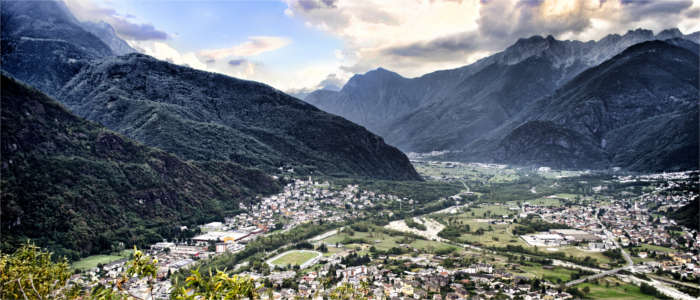
Culture - Following the traces of the Renaissance, the Gothic age and the Romanitic period
Lombardy was settled by a number of peoples in the course of history. Before the Langobards populated the region (568), the Celts, Gauls, Byzantines, Romans and Goths lived in the country. The Langobards were the ones who gave the region its name: Lombardia (in Italian). Therefore, it is not surprising that Lombardy accommodates numerous cultural and art treasures from different eras (Renaissance, Gothic, Romantic). The most significant building from the Gothic age (1140 - 1550) is Milan Cathedral, which is the third biggest church on earth after St. Peter's Basilica (Rome) and Seville Cathedral (Spain). Another Gothic attraction is the church Santa Maria delle Grazie in Milan. This sacred building, which was built in late Gothic times, is world-famous because it accommodates Leonardo da Vinci's "Last Supper" and is part of the World Cultural Heritage of the UNESCO. Other Cultural Heritage sites are the pilgrimage churches Sacro Monte di Varese and Sacro Monte di Ossuccio, which belong to the Sacri Monti ("holy mountains"). The UNESCO also declared the 4,000-year-old cave paintings in Val Camonica and the Renaissance sites of Sabbioneta and Mantua Cultural Heritage sites. The latter is considered the ideal example for this period of art. In addition, you find impressive historical buildings in the cities of Brescia, Pavia and Bergamo.
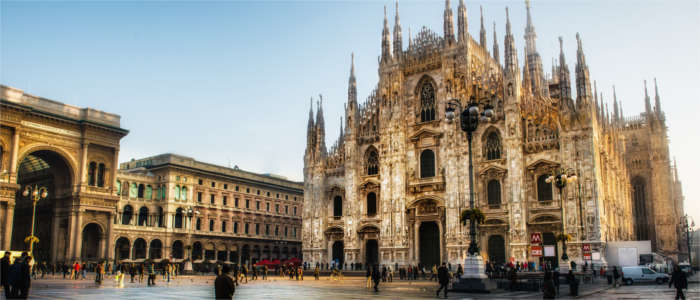
Experience - Shopping, rice cultivation and roasted meat
Lombardy is one of the most modern and wealthiest Italian regions as well as one of its leading economic regions. While agriculture (especially rice cultivation) flourishes in the fertile south, water power is transformed into electricity in the Alpine areas. The metropolis of Milan is the financial centre of the region and the country as it accommodates the most important banks and the stock exchange. It is also a significant European centre with regard to culture, technology and most of all fashion. Milan has been and remains one of the most fashionable shopping destinations in the whole of Europe. On the popular shopping streets (e.g. Via Dante, Via Torino), you find both the newest trends of exclusive brands like Gucci, Prada, Versace or Trussardi and young fashion labels such as H&M. The most important cultural sight is Milan's opera Teatro alla Scala, which is one of the best-known operas in the world. Lombardy's cuisine impresses with excellent cheese (Mascarpone, Gorgonzola), exquisite wine and the delicious risotto alla milanese. You see a great number of stews (e.g. zuppa paves), polenta (maize porridge) and breaded meat on the local menu. One popular and particularly delicious dish is ossobuco, a kind of veal pot roast.
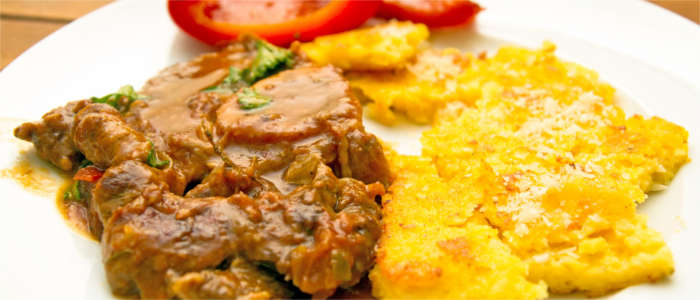
Activities - Surfing at Lake Como, skiing in the Alps and relaxing in Bormio
Lombardy offers a variety of leisure activities. Water sports fans and water lovers can pursue their hobbies on the great lakes. Lake Como and Lake Garda, for example, are excellently suited for going surfing, water skiing, diving, bathing, rowing and sailing. Lake Maggiore is a paradise for fishers and a boat tour on it is a great way of getting to know the nature of Lombardy's waters. The Alpine regions offer great conditions for going hiking, mountaineering, mountain biking, paragliding and winter sports. Many famous skiing areas such as Livigno, Bormio and Aprica promise a unique natural and sporting experience. Thanks to the glaciers on the Stelvio Pass, these activities are possible throughout the year. When you run out of energy, you can relax in one of the thermal baths, for example in Brescia or Bormio. An exciting adventure is a visit to the famous Autodromo Nazionale di Monza. This car racetrack in the small town of Monza is the location of the Italian Grand Prix every year and allures motorsport enthusiasts from all over the world.
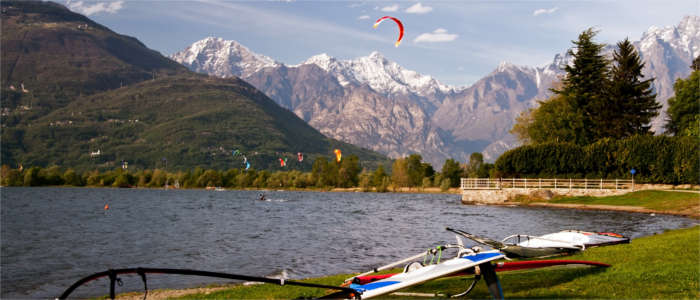
Information
Lombardy has three big airports (in Milan and Bergamo) at which travellers can arrive. The region can also easily be reached by car. Holidaymakers only need to bear in mind that they have to pay a toll for using the motorways.
On a trip to Lombardy, travellers see a breathtaking lake scenery, the beauty of the Alps and impressive cultural assets from different eras. Even though this region does not lie at the seaside, it offers everything holidaymakers could wish for: wonderful beaches, beautiful mountains, culinary delicacies and unique cultural sights.


